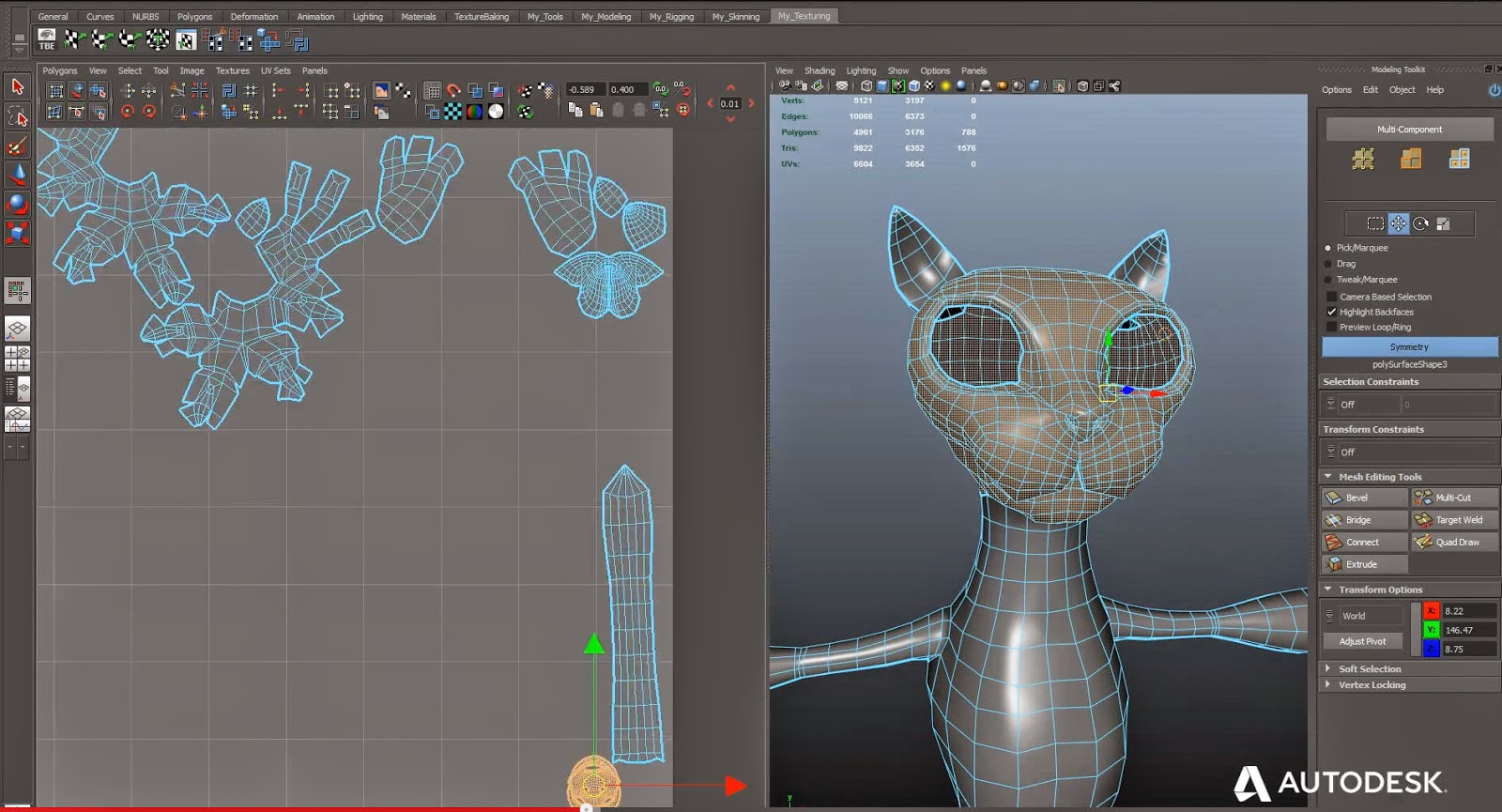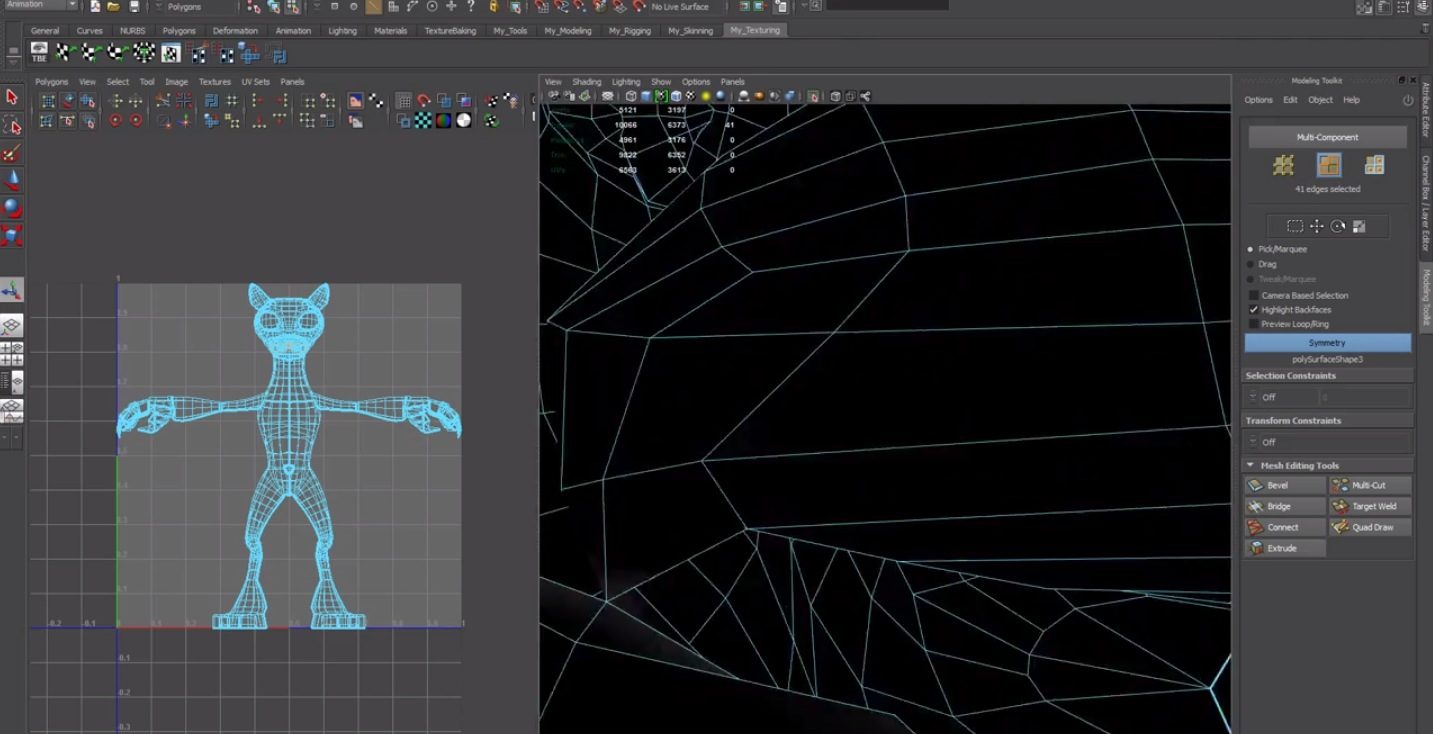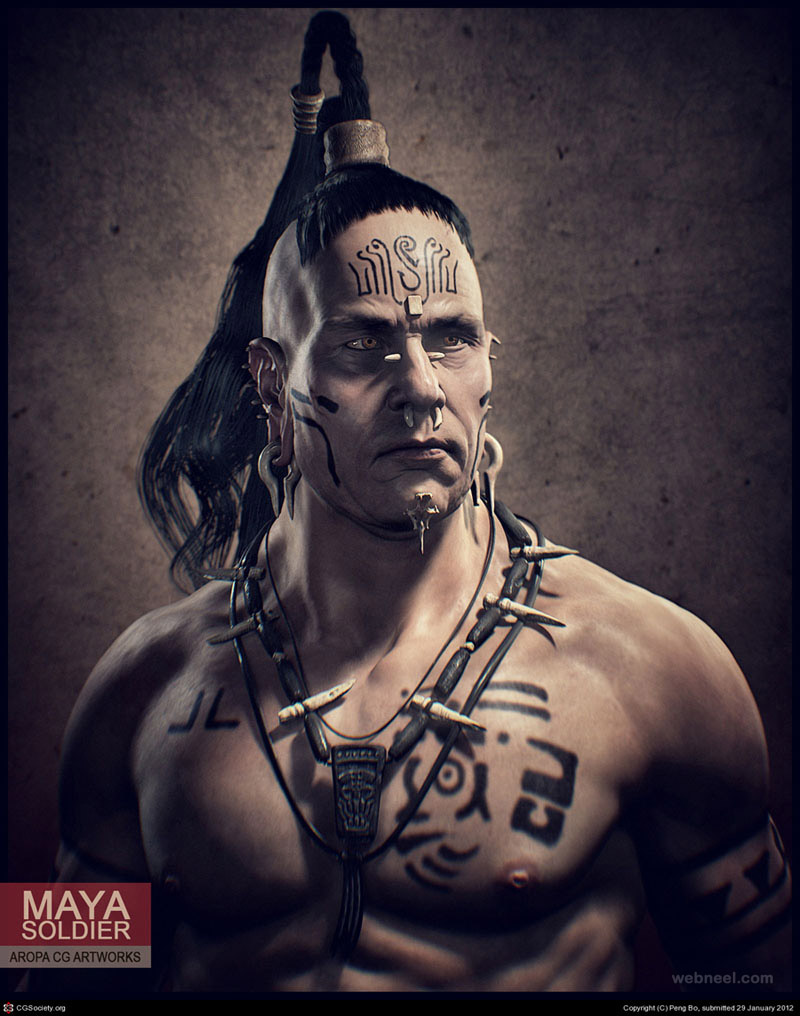

To conduct business and deliver products and services, Pearson collects and uses personal information in several ways in connection with this site, including: Questions and Inquiriesįor inquiries and questions, we collect the inquiry or question, together with name, contact details (email address, phone number and mailing address) and any other additional information voluntarily submitted to us through a Contact Us form or an email. Please note that other Pearson websites and online products and services have their own separate privacy policies. This privacy notice provides an overview of our commitment to privacy and describes how we collect, protect, use and share personal information collected through this site. Pearson Education, Inc., 221 River Street, Hoboken, New Jersey 07030, (Pearson) presents this site to provide information about products and services that can be purchased through this site. Select the front panel’s image plane, go into the Attribute Editor, and then replace the image with image_Front_Loops.jpg, as seen in Figure 8.12. It is common to draw a few edge loops on your design to give you a guide as to where the detail needs to go.


Another instance when edge loop control is very necessary is when we have circular shapes in our mesh, such as mouths, eye sockets, and nostrils.

A good example is the muscles of the arms you would have a hard time really defining a nice bicep shape without edge loops that follow the curve of that muscle. Having good control over your edge loops means being able to have the “flow” of the model follow natural lines instead of fighting against them. Edge loops are much more important in character modeling, because most of the time we are going to subdivide our mesh at render time and the results need to be predictable. Edge Loopsįrom Hour 4 you learned that edge loops are a series of continuous edges in a polygonal model. If you are working only in the side panel, you don’t have to worry about the polygons moving off of the center of the grid, but if you are working in the Persp panel, be careful: It is easy to accidentally move a face when extruding in the wrong direction. The Extrude tool will show you a manipulator when you engage the tool that corresponds to the direction of the face.


 0 kommentar(er)
0 kommentar(er)
